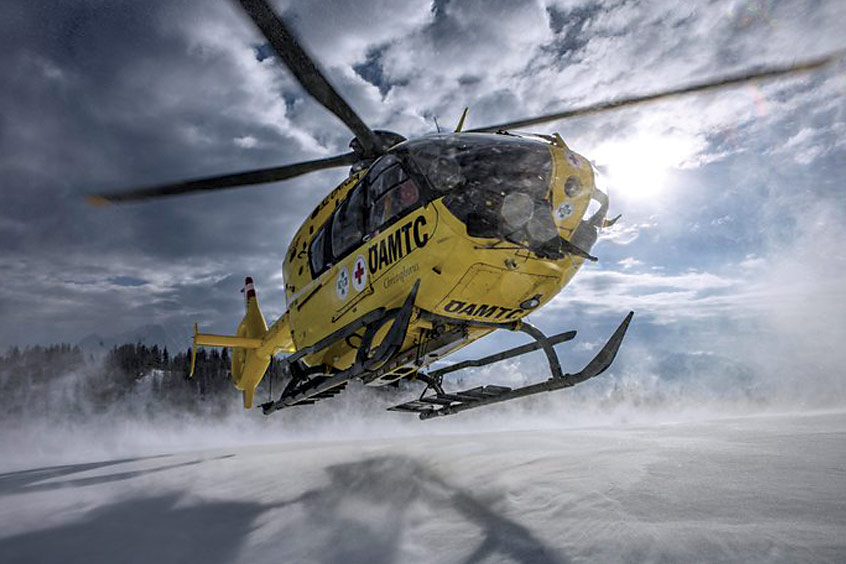ACE 2026 - The home of global charter.
 The bimonthly news publication for aviation professionals.
The bimonthly news publication for aviation professionals.

Austrian aeromedical operator ÖAMTC air rescue service can look back on a new deployment record in 2022. “Our year-round emergency helicopters took off 21,934 times last year. Compared to 2021, that's an increase of 1,997 missions. This made 2022 the most intensive year in the history of ÖAMTC air rescue,” says MD Marco Trefanitz. “This impressive figure shows that rapid air assistance is needed more than ever.”
On average, the Christophorus fleet of Airbus EC135 and H135 helicopters was alerted to more than two calls per hour day and night. The busiest day of the year was 26 June 2022 with 116 missions. If you add the four seasonal winter bases of the ÖAMTC air rescue service, the total is 23,556 rescue missions.
There are many reasons for alerting an ÖAMTC emergency medical helicopter: Most frequently (47 per cent) they took off for internal and neurological emergencies. They were called out 3,361 times (15 per cent of the calls) to accidents at work, in the household, at school or in their free time. Traffic accidents accounted for just under seven percent of all calls.
The 2022 statistics also include 701 dew rescues, in which people were rescued from rough terrain, and 1,047 night operations. “Especially when saving human lives, a lot depends on the time factor. In view of the changes in healthcare, however, the path of emergency patients to the most suitable clinic for them is becoming longer and longer,” explains Reinhard Kraxner, joint MD. “In this respect, the helicopter clearly has an advantage: it can also cover large distances very quickly.”
Most missions were flown in Lower Austria (5,369), Styria (3,964) and Tyrol (2,940).
The task of the ÖAMTC air rescue service is to take care of patients, no matter where they are and regardless of the time of day. Two major milestones in the recent past have brought the Christophorus fleet one step closer to this vision: Firstly, the C14 stationed in Niederöblarn has been available to people in medical emergencies during the night since the beginning of October.“This makes it our third base in Austria and the second in Styria from which missions are flown around the clock,” Kraxner continues. The extension of the operating times now enables the best possible medical care for locals and holiday guests around the clock.
Furthermore, since mid-November, the Innsbruck emergency doctor helicopter C1 can now also be dispatched from the control centre in the autumn and winter months until at least 8.00 p.m. This extension into evening hours is entirely in line with optimal emergency care for the population. The C9 in Vienna, the C11 in Klagenfurt and the C12 in Graz are also operational in the winter months until the early hours of the night. The pilot project in Innsbruck will initially run until the end of March and will then be evaluated together with the state. “Emergencies do not depend on the time of day; that's why it is imperative to guarantee high-quality medical care from the air even in the dark,” Trefanitz concludes.